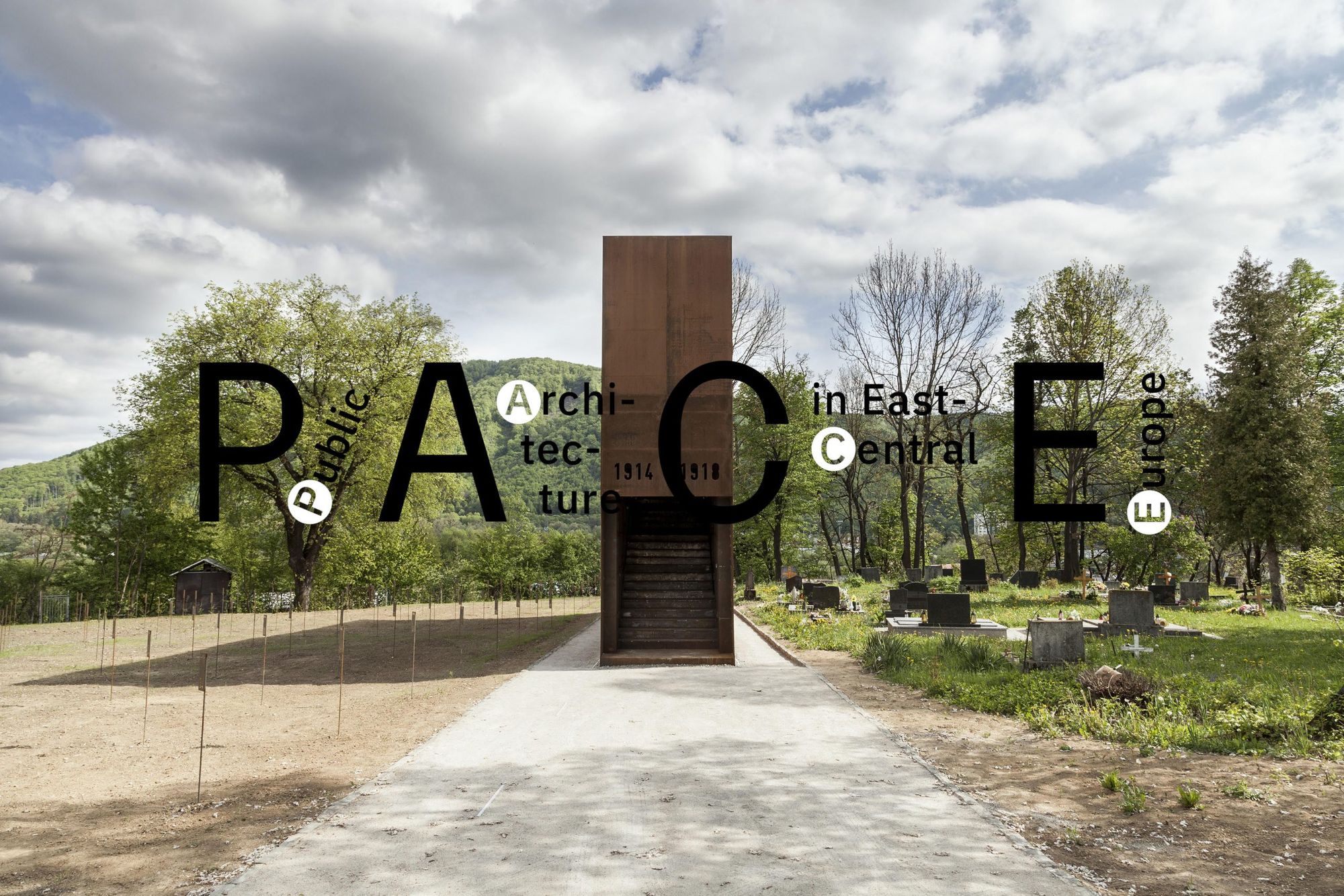The PACE project was initiated by the professors of the Faculty of Architecture of Budapest University of Technology and Economics (BME), with headquarters in Budapest, – an online platform designed to serve as a relevant source of Central Eastern European contemporary architecture projects. In the upcoming weeks, we will present a project out of the pool of contemporary public buildings selected by a prominent international professional jury every week, with the recommendation of the leaders of the project. First, professors of the Department of Public Building Design and PACE members Levente Szabó and András Márk Bartha gave us an insight into the background of the exciting initiative.
In the era of globalization, the region has an increased significance both as a geographical and a cultural unit. Can we identify shared trends in the architecture of the countries of a region, while the Western, German, Swiss, French or the Eastern, Japanese and Korean tendencies influence us equally? The project called PACE – Public Architecture from East-Central Europe strives to answer this question, amongst others, called to life by the professors of the Department of Public Building Design of the Budapest University of Technology and Economics.
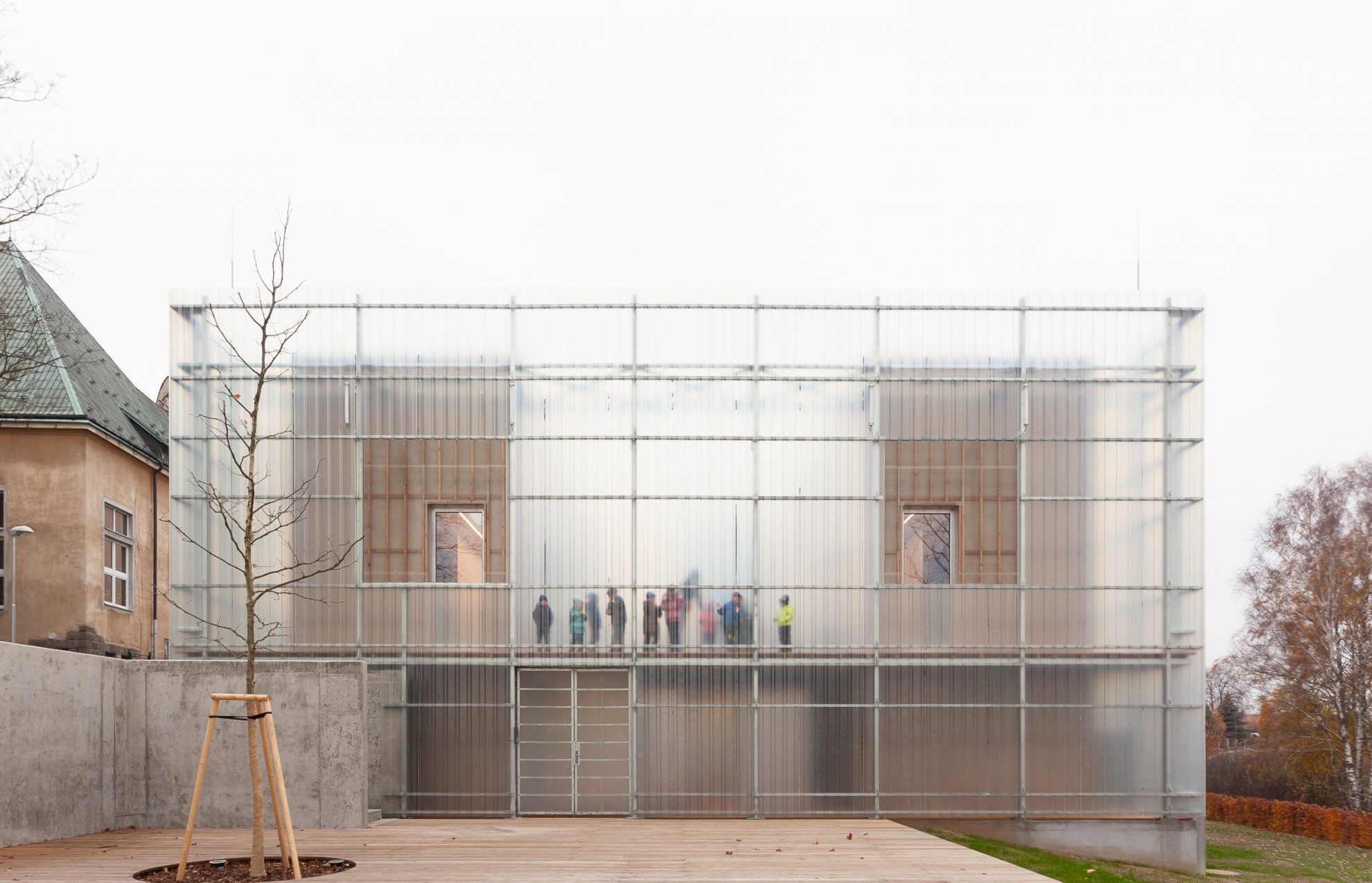
“Our initiative at the department had several goals. One of such goals – which can interest the broader public as well – is to see whether there is some sort of a similarity in the contemporary architecture of the region through various intersections, and whether there are shared tendencies. We presume the answer is yes, as the countries of the region share historical roots, and economic, political and cultural opportunities too, more or less, and all these manifest in architecture.” – says professor, architect Levente Szabó DLA, the head of the Department of Public Building Design.
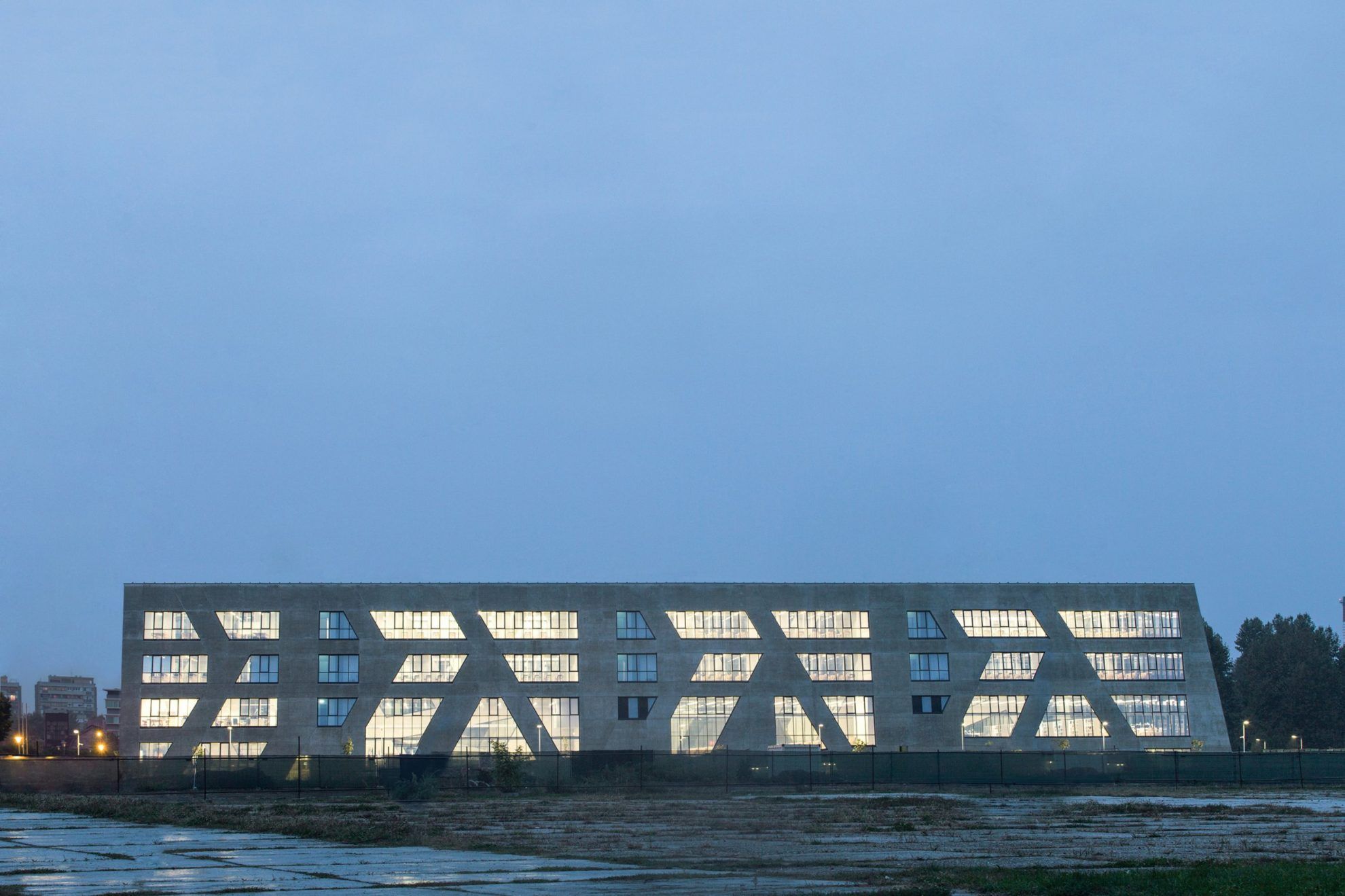
In the framework of PACE, they explore and present the prominent public buildings of nine countries (the Czech Republic, Croatia, Poland, Hungary, Romania, Serbia, Slovakia, Slovenia and Ukraine) from the past five years. “Our department has been
focusing on the education and exploration of public building for almost 75 years, and the majority of our professors have always been dominant actors of Hungarian contemporary architecture. It follows that we focus on public projects in every field of what we do, but there is another reason, too: we think that the assumed shared regional character can be observed exactly in these works made for smaller or larger communities the most” – Levente adds.
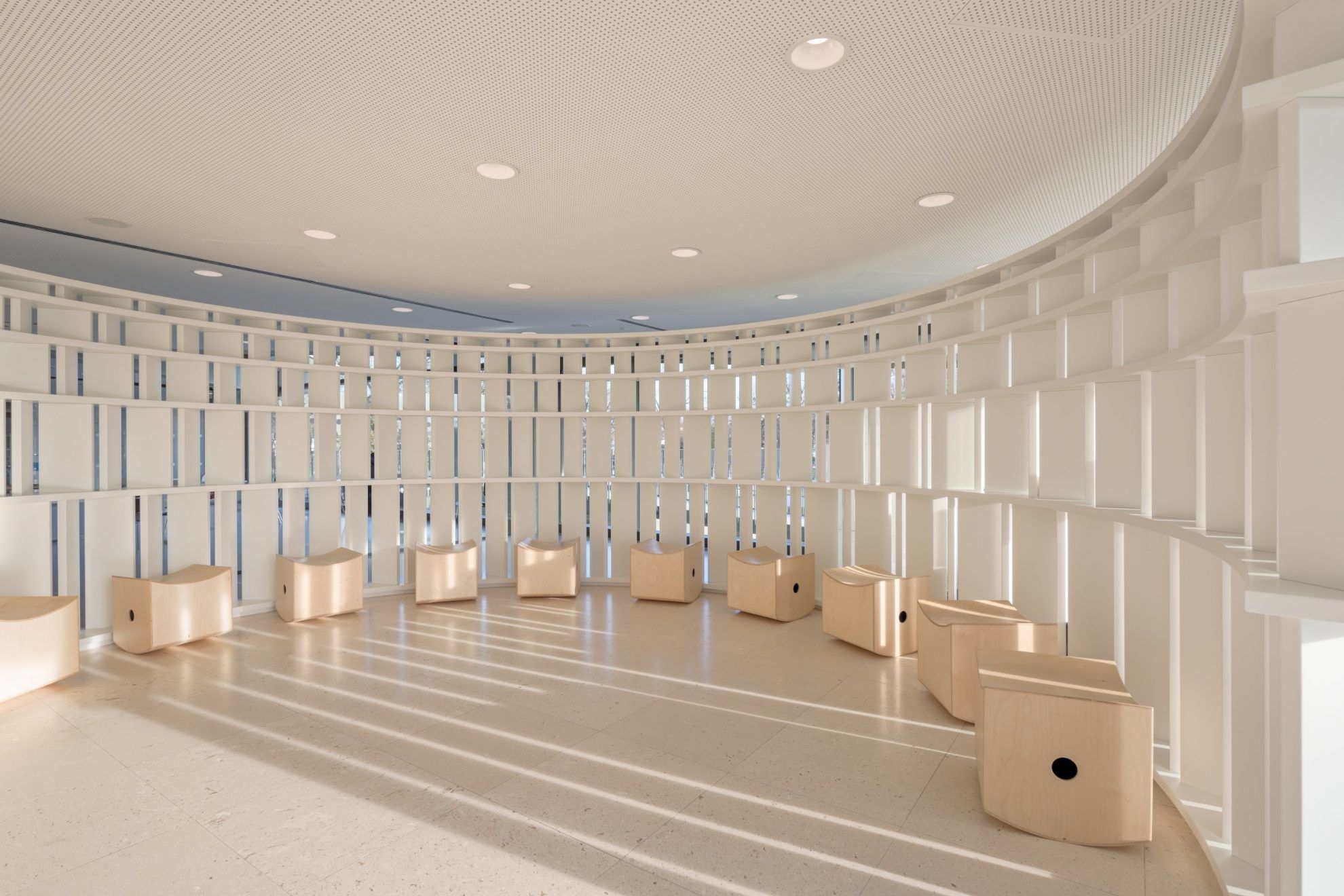
To ensure that truly relevant and high quality projects are added to the site, the team of PACE (in addition to Levente and András, architect and assistant professor Katalin Fazekas DLA, and architect and associate professor Klobusovszki Péter DLA) decided to set up a professional jury. They invited nine experts from the
nine countries, the professional authenticity of whom they were sure of due to personal acquaintance or reliable recommendations. “Setting up the jury was the first step towards the foundation of PACE. It is important to note however that this is indeed nothing but a first step: we think there is a network forming that has perspective in it, and we can move forward in the future with conferences or with establishing a regional award.”
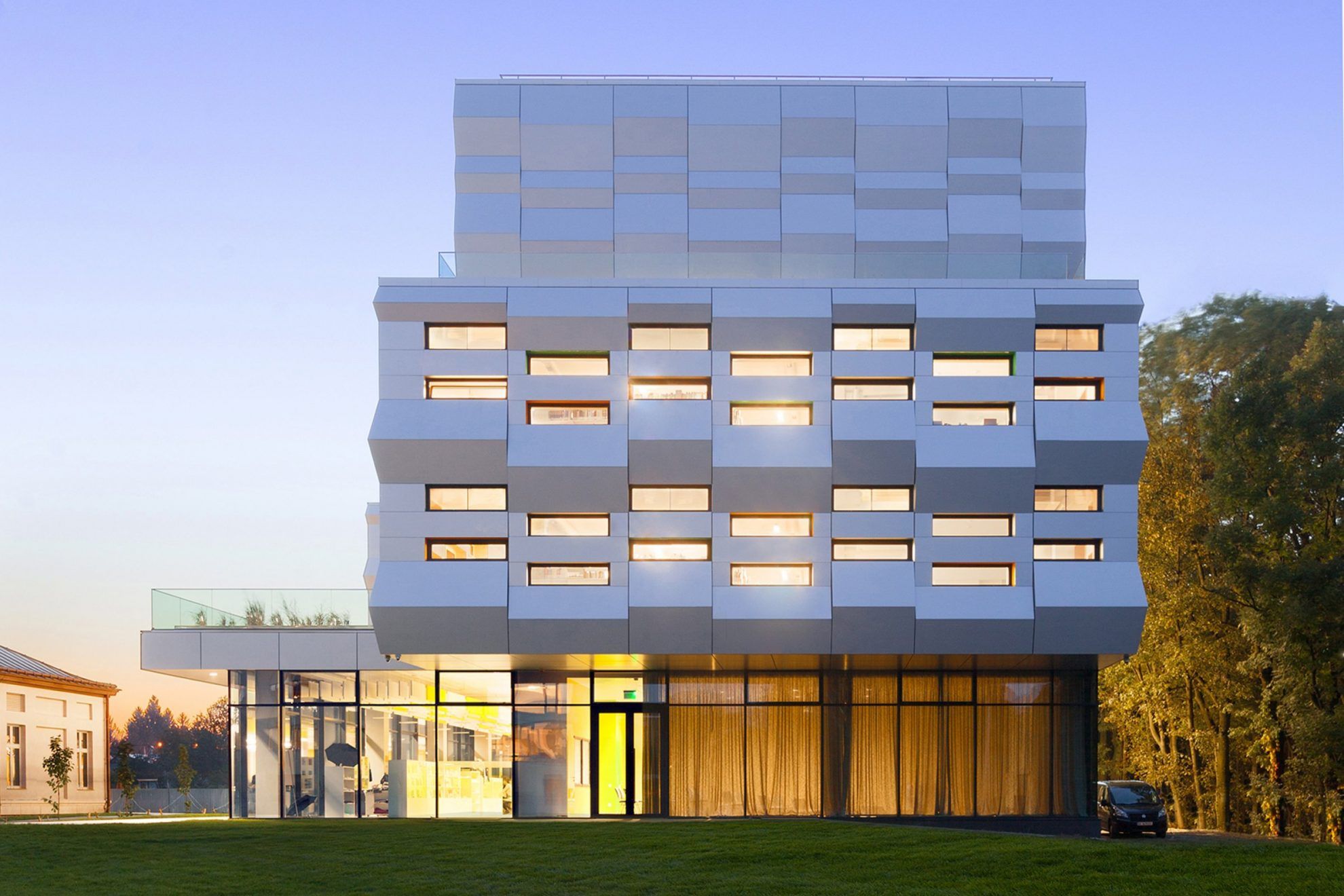
The same as in the case of the department, they handle public architecture based on three categories within PACE, too, regardless of function, size or the type of the investment. “We tried to formulate three categories that place these projects in the dimension of time and the underlying creative aspirations, too. These three categories are organized around the buzzwords memory, sustainability and innovation. Even though the fields cannot be distinctly separated from each other, typically the first category includes works focusing on existing buildings and our built heritage. The need for sustainability appeared dominantly in our day, so these are buildings focusing on the present. And innovation should form part of every architecture project, in this sense it alludes to attempts and characters that can be developments using not the old and the tried and true, but a new typology.”

The platform planned to be expanded in the future continuously, on an annual basis, will be of use in a broader scope, too: architect and assistant professor András Márk Bartha DLA points out how architecture students can benefit from having a broader vision of the architecture of the region. “What we have realized with the professors of the department is that it is Western, for example Swiss or Japanese architecture that reaches most students. We would like to offer an alternative here, too: one cannot only look for good examples on Archdaily or in Japanese magazines, high quality buildings can also be found in locations accessible by car.”
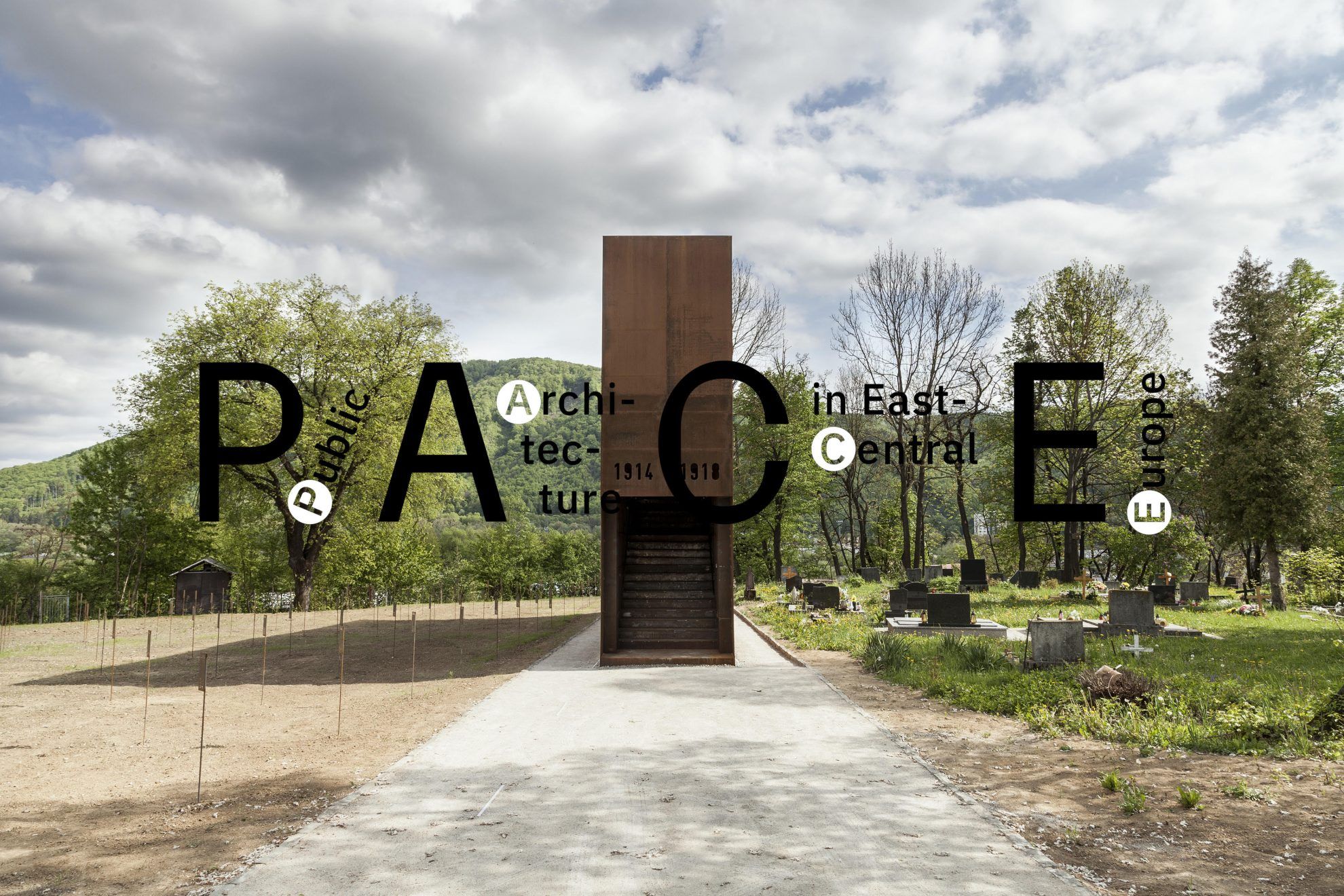
In our series PACE X HYPEANDHYPER to be launched next week, we will showcase a prominent contemporary public building from the Central Eastern European region each week.
PACE |Web
BME Department of Public Building Design | Web | Facebook | Instagram
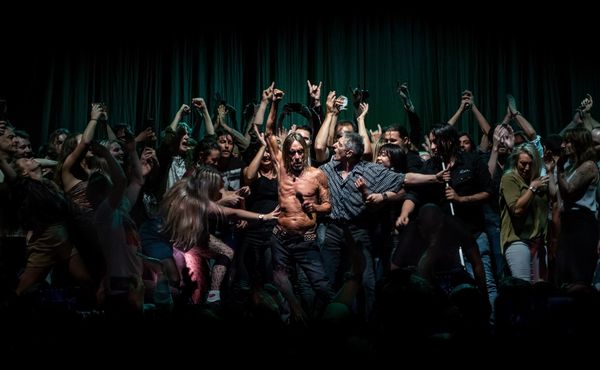
Portrait of Humanity 2020 exhibition opens in Capa Center

A book on Ukrainian trademarks | IST Publishing










